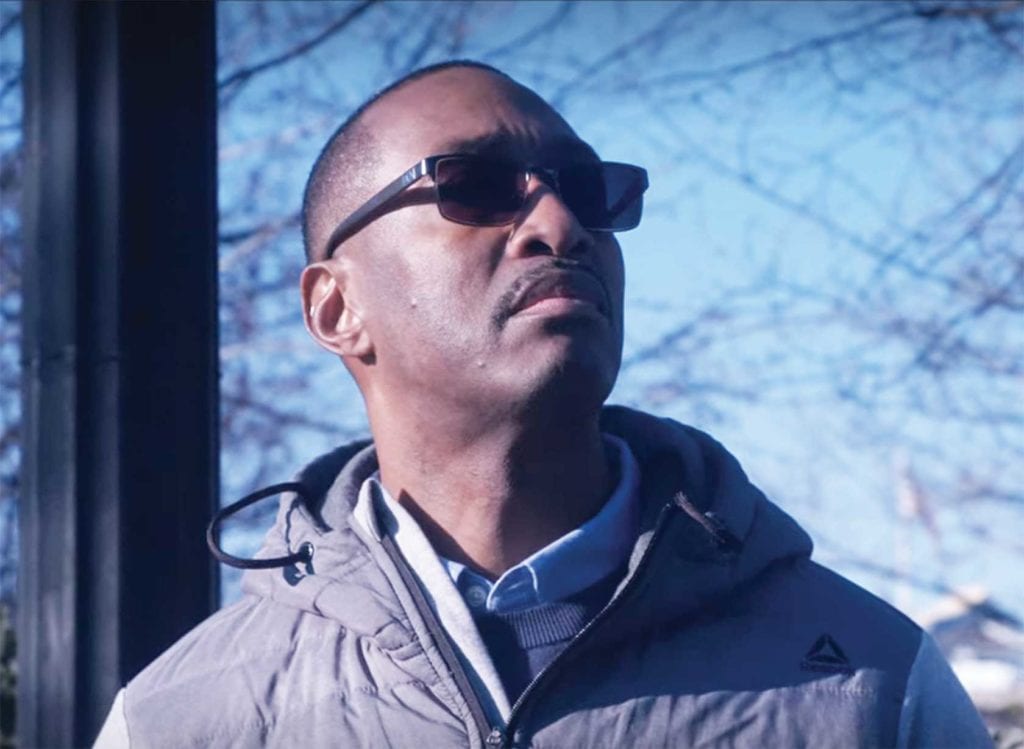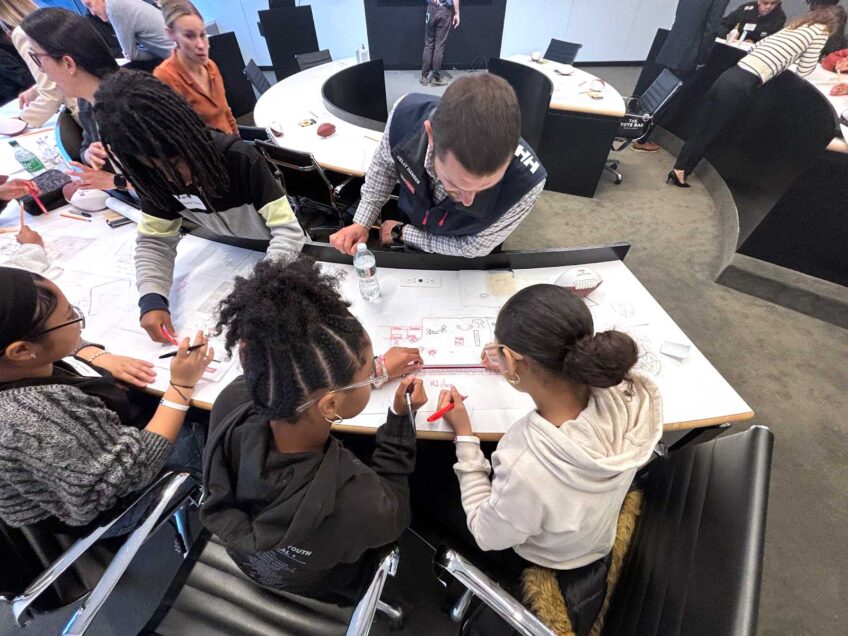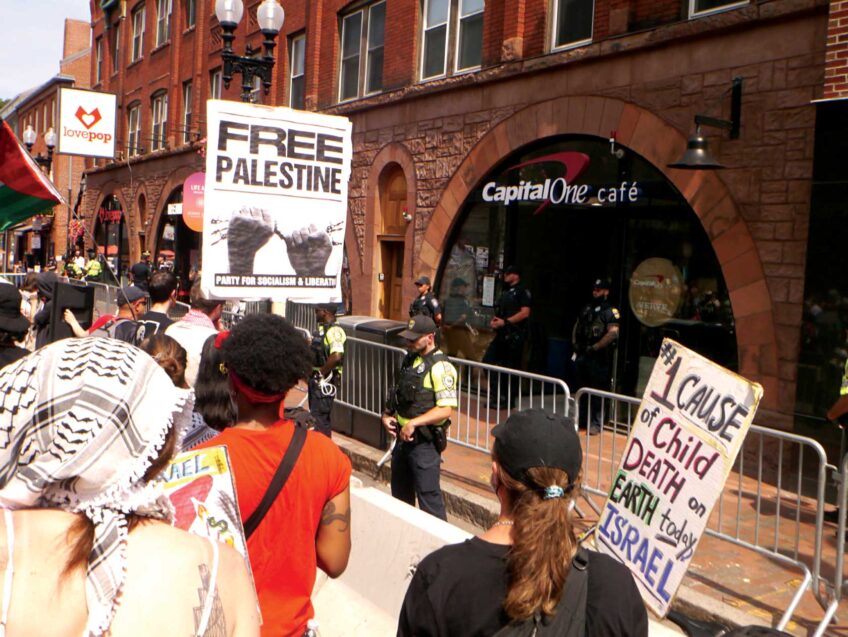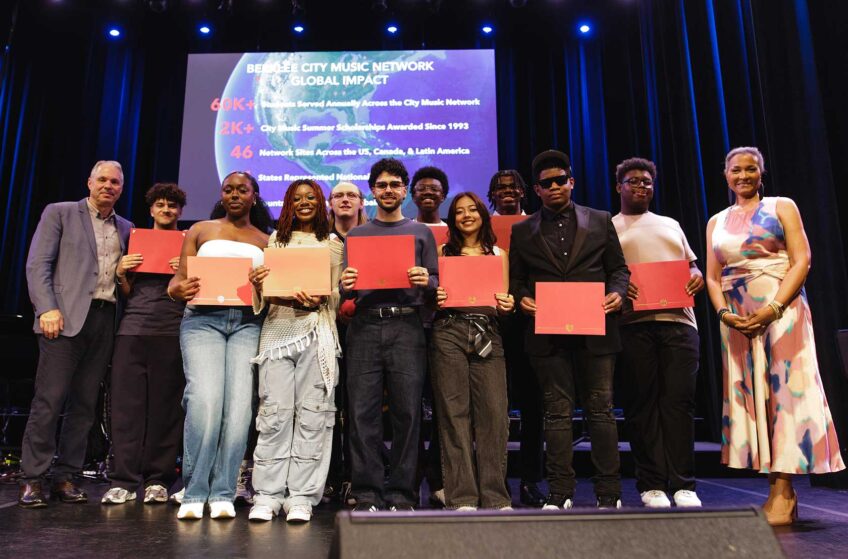‘Trial 4’ documentary highlights plight of the wrongfully convicted
Film details police and DA’s rush to convict in 1993 cop killing

Last week, two black men won victories in their fights against wrongful convictions. Frederick Clay won a $3.1 million settlement with the city of Boston after spending 38 years in prison for a murder he didn’t commit, and James Watson was freed after serving 41 years on a murder conviction that was vacated due to prosecutorial and police misconduct and “incentivized and coerced witnesses,” among other factors.
The pair were the latest in a steady trickle of exonerations, vacated cases and dropped prosecutions in Boston over the last several years as attorneys and advocates sort through flawed police and prosecutorial work from decades past to free the wrongly convicted.
In many cases, the exonerations call into question the veracity and reliability of police officers and prosecutors who have stuck life sentences on scores of Bostonians throughout their careers.
It’s a scenario that was highlighted by the Netflix documentary “Trial 4,” which chronicles Sean K. Ellis’ 22-year battle to be freed after he was convicted of killing Boston Police Detective John Mulligan in a trial marred by witnesses who were coerced, witnesses who were paid for their testimony, exculpatory evidence police hid from defense attorneys, and police investigators who appeared more motivated by a desire to cover for their own crimes than to solve the murder of a colleague.

(left) Sean Ellis in 1993 (right) Boston Police detective John Mulligan. IMAGE: STILL FROM “TRIAL 4”
In one of the more telling moments of the Ellis documentary, filmed just weeks before reform-oriented Suffolk County District Attorney Rachael Rollins took office in January 2019, Boston Police Commissioner William Gross contends that Ellis was guilty of Mulligan’s murder during December press conference to announce the district attorney’s decision not to re-try Ellis, who had been freed in 2017.
“As you heard the district attorney state, Sean Ellis is culpable,” Gross tells reporters. “What does the evidence look like after 25 years? The witnesses and their strength, and the decision was based upon that, not innocence at all.”
Despite a preponderance of evidence to the contrary, including three accounts of witnesses who informed police that another officer had threatened to kill Mulligan before he was shot dead in 1993, police and prosecutors in 2018 seemed unwilling to entertain the possibility that their colleagues convicted the wrong man.
Two of the officers who produced physical evidence and found witnesses linking Ellis to the crime, Walter Robinson and Kenneth Acerra, were convicted in 1998 of robbing drug dealers. On more than one occasion, Mulligan was alleged to have joined them in the robberies. A third officer critical to the investigation, John Brazil, was granted immunity in exchange for his testimony for the prosecution in Robinson and Acerra’s case.
Another detective who testified against Ellis, Daniel Keeler, in 2005 resigned as head of the Homicide Department not long after he admitted in court that he made false statements in an affidavit and on a police report, and reporters documented a string of cases in which people Keeler put away were later exonerated.
Keeler was once known as “Mr. Homicide” for his record of securing convictions in murder cases. But once an officer has been caught uttering an untruth, it can cast doubt on his or her entire record of convictions.
That doubt, however, rarely translates into overturned cases. In the Ellis case, Attorney Rosemary Scapicchio spent years fighting for information that should have been made public in Ellis’ first trial in 1993, eventually suing the department for the release of the evidence.
“Can you imagine how many people are in jail now based on the fact that they wouldn’t give them what they wanted?” Scapicchio muses in “Trial 4.” “It’s enraging.”
Rahsaan Hall, director of the Racial Justice Program for the American Civil Liberties Union of Massachusetts, says law enforcement should be willing to review cases tainted by crooked cops.
“There absolutely should be a reckoning,” he said. “It begins with the prosecutor’s office being open to investigating these cases.”
In the case of former state drug lab chemist Annie Dookhan, who was found to have falsified drug test results to help prosecutors secure convictions, the state in 2017 dropped more than 21,000 cases involving low-level drug charges that she had a hand in.
Yet when a similar pattern emerged in the Boston Police Department’s fingerprint unit, there was no similar effort to right past wrongs. In 2005, after an investigator in the unit was found to have mistakenly matched a fingerprint to an innocent man and then hidden the mistake during a 1998 trial, BPD officials replaced the officers working there with trained professionals. A 2004 report concluded that a “never-ending stream” of cases in the unit was beyond the “perceived abilities” of the officers working there, and found that testing showed they made false identifications.
Interestingly, the department’s homicide clearance rate, the rate at which officers charge a suspect and refer cases to prosecutors, dropped from an average of 53% between 1994 and 2003 to just 29% for murders committed in 2005.
Righting wrongs
There are some in the criminal justice system who are working to right past wrongs. Hall points to DA Rollins’ Conviction Integrity Program, an initiative aimed at revisiting flawed cases, as a step in the right direction.
Rollins says the program is part of a multi-pronged approach her office has taken in order to ensure the integrity of its work. In addition to reviewing cases in the past, her office also reviews cases as they happen. For example, her office reviews cases in which defense attorneys win motions to suppress because police officers illegally procured evidence.
The Conviction Integrity Program reduced the charges in a 1971 murder by Arnold King from murder to voluntary manslaughter. Although King admitted to killing John Labanara in an attempted robbery, Rollins said his conviction on murder charges was flawed because the district attorney’s office excluded black jurors from the trial.
“His prosecution was so tainted, I don’t want any part of that,” she said.
With the manslaughter charge, King, who had been in prison since he was 18, was freed.
But for every case in which a wrongfully convicted person is set free, there may be others that may never catch the attention of Rollins’ office or a defense attorney.
Radha Natarajan, executive director of the New England Innocence Project, has helped free dozens of wrongly convicted people. She argues that preventing such miscarriages of justice will require fundamental changes in the way police work.
“There is no magic solution to wrongful convictions,” she said in an email to the Banner. “There has to be a complete culture shift where getting a conviction or arrest is not the equivalent of public safety. In addition, there needs to be much more transparency pretrial and post-conviction, including open file discovery. There needs to be better record keeping so that, when an officer or lab analyst is found to be corrupt or falsifying evidence, there is a mechanism to go back and find every case that person was involved in.”







